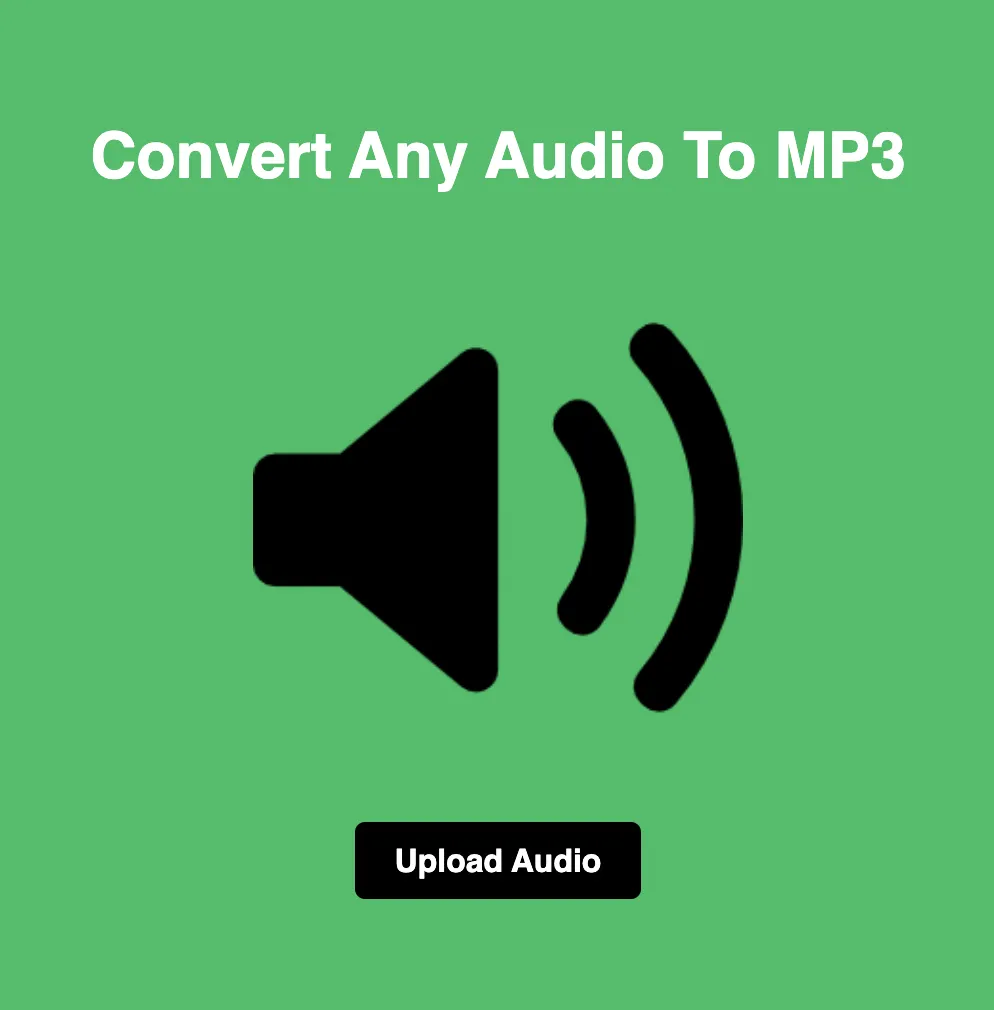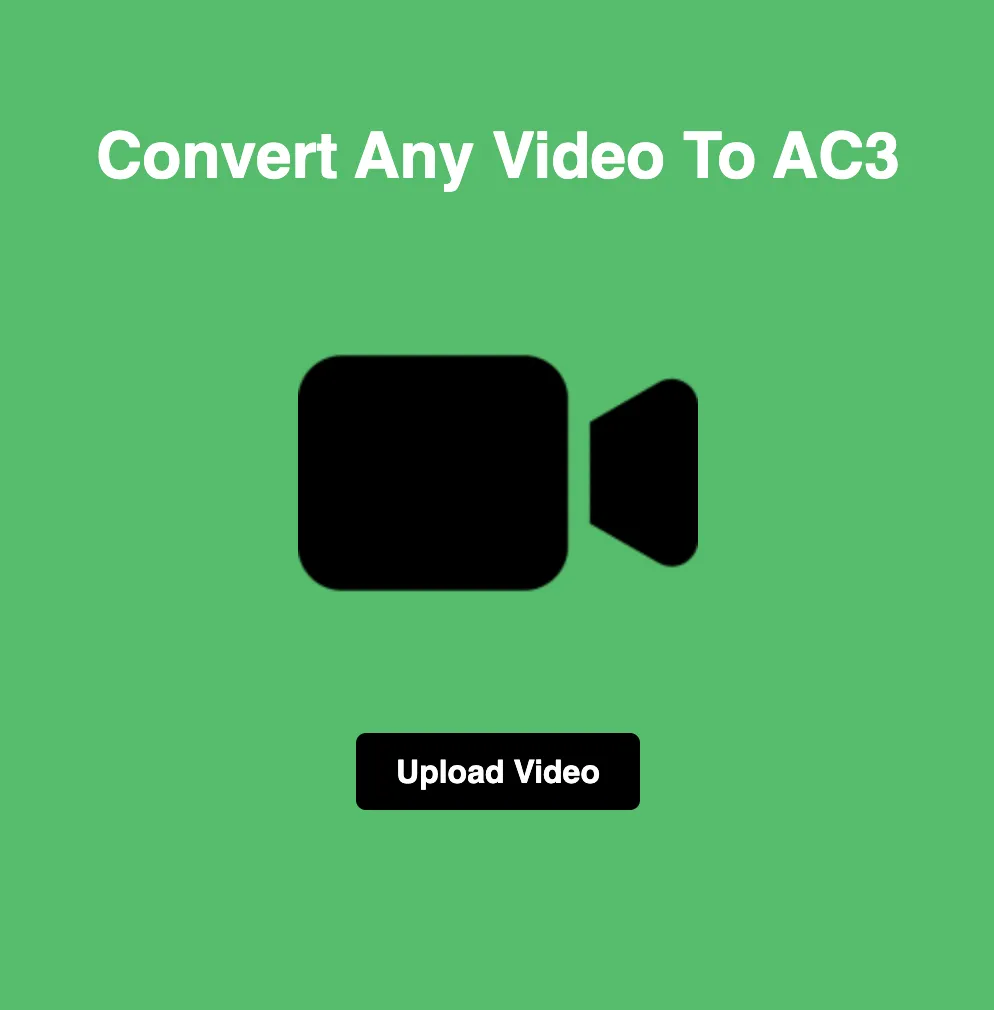
Audio-to-MP3 Conversion: Optimize Your Sound Files
MP3 (MPEG Audio Layer III) remains one of the most popular and widely supported audio formats, known for its efficient compression and universal compatibility. With Loopytools, converting audio files to MP3 format becomes a seamless endeavor. In this guide, we'll explore how to effortlessly optimize your sound files by converting them into MP3 format using Loopytools.
Streamlined Conversion Process:
Loopytools simplifies the audio-to-MP3 conversion process, ensuring a smooth and efficient experience for users. Here's a step-by-step overview:
Upload Your Audio File:
Begin by accessing the Loopytools website and navigating to the audio-to-audio conversion tool. Click the upload button to select the audio file that you wish to convert to MP3 format. Alternatively, utilize the drag-and-drop feature for quick and easy uploading.
Select MP3 as the Output Format:
In the conversion settings, choose MP3 as the desired output format for your audio file. Loopytools offers various options to customize the conversion settings, including bitrate and audio quality, allowing you to tailor the output to your preferences.
Automatic Conversion:
Upon selecting the conversion settings, Loopytools automatically initiates the conversion process. Leveraging advanced algorithms, Loopytools swiftly converts the audio file into MP3 format, ensuring optimal compression and sound quality.
Automatic Download:
Once the conversion process is complete, Loopytools provides users with a download link for the converted MP3 audio file. With a simple click, users can swiftly download the MP3 file, making it readily available for playback or further distribution.
Benefits of Using Loopytools for Audio-to-MP3 Conversion:
Loopytools offers several advantages for converting audio files to MP3 format:
Efficient Compression:
MP3 format employs efficient compression techniques, allowing users to reduce the file size without significant loss of audio quality. With Loopytools, users can optimize their audio files for storage and distribution while maintaining excellent sound fidelity.
Universal Compatibility:
MP3 format enjoys widespread compatibility across various devices, platforms, and media players, making it an ideal choice for sharing and distributing audio content. Whether you're creating podcasts, music tracks, or audio recordings, MP3 ensures seamless playback on virtually any device.
Customization Options:
Loopytools provides users with customizable conversion settings, allowing them to adjust bitrate, audio quality, and other parameters to suit their specific requirements. Whether you prioritize file size or audio quality, Loopytools empowers you to tailor the conversion process to your preferences.
User-Friendly Interface:
Loopytools features an intuitive interface designed to cater to users of all skill levels. Whether you're a professional audio engineer or a casual enthusiast, Loopytools provides a seamless and user-friendly experience for converting audio files to MP3 format.
Conclusion:
In conclusion, Loopytools offers a convenient and efficient solution for optimizing your sound files by converting them into MP3 format. Whether you're a musician, podcaster, or content creator, Loopytools empowers you to enhance your audio content with ease. Give Loopytools a try today and experience the seamless audio-to-MP3 conversion firsthand!






